According the Electrical Safety Foundation International (ESFI), residential electrical fires account for an estimated 51,000 fires each year, nearly 500 deaths, more than 1,400 injuries, and $1.3 billion in property damage. The numbers nearly double during the busy holiday season. Being well-informed about electrical fires can help you and your family prevent any injuries and damages. Examples of electrical fires include: an improperly wired chandelier, overloaded outlets, faulty or frayed wires, and more.
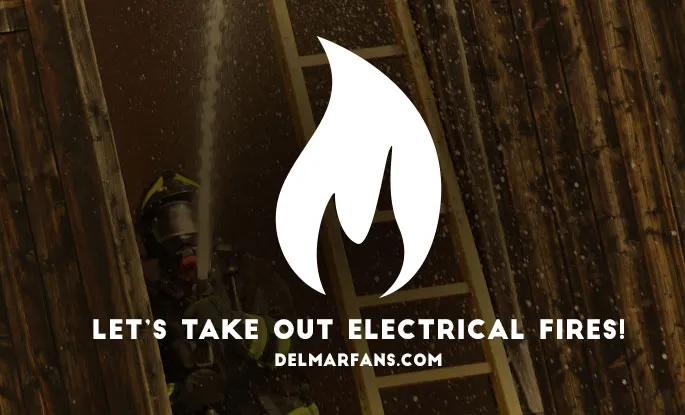
What Causes Electrical Fires?
Nearly half of all home electrical fires are caused by electrical failures or malfunctions such as:
- Faulty electrical outlets and outdated appliances
- Light bulbs that exceed the recommended fixture wattage
- Damaged or misused extension cords
- Dirty or poorly positioned space heaters
- Outdated wiring
Twenty percent of home structure fires include lighting equipment such as lamps, flush mount lights, and light bulbs while six percent include ceiling fans.
We interviewed Christian, a local Fire Driver Engineer in Daytona Beach, FL, to learn more about electrical fires and how to prevent them. Christian suggested the following tips:
- Develop an evacuation plan so you and your family know what to do in the event of a fire
- Change the batteries in your smoke detectors twice a year (Tip: At the beginning and end of Daylight Savings)
- If you smell something in your house, don't hesitate to call 911
- Contact your local fire department and ask them to conduct a fire safety check on your home
- Never play with matches!
10 Fire Safety Tips for Kids & Adults
We've compiled 10 potential scenarios and solutions for residential electrical fires. You can review these scenarios with your family and friends to ensure their safety and well-being in the event of an actual fire.
1. Ceiling Fans
Cause: Dirty or overheated ceiling fans
Solution: Ceiling fans cool people, not rooms. So, turn off the ceiling fan when you leave the room. Keep your luxury ceiling fan clean, especially around the vents, to prevent flammable build up from accumulating.
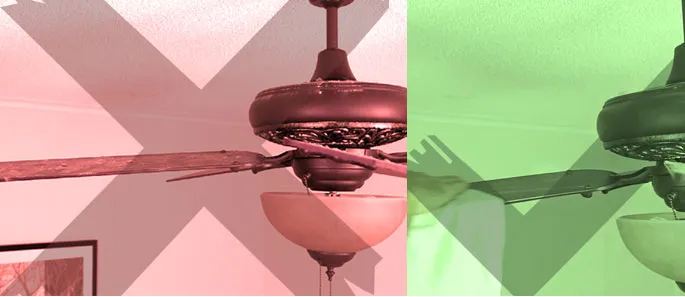
2. Light Bulbs
Cause: Using light bulbs with a higher wattage than is recommended on the light fixture
Solution: Avoid using light bulbs that exceed the manufacturer's recommended wattage.
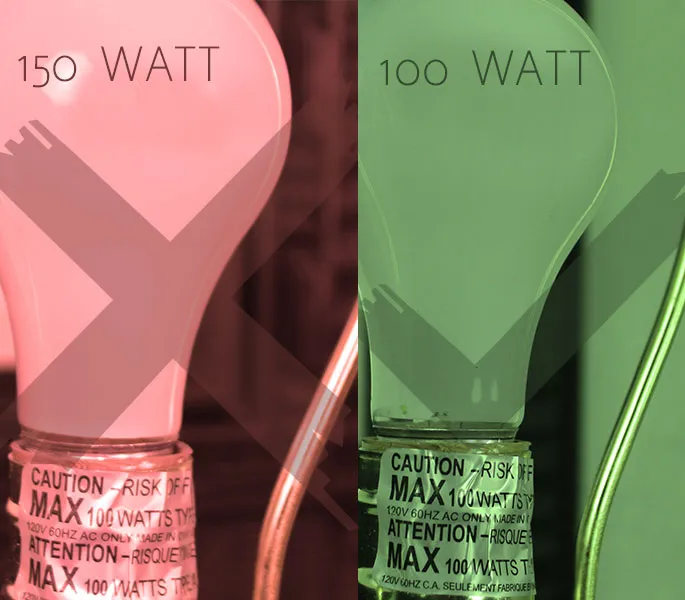
3. Appliance Rating
Cause: Unregulated appliances or using appliances in ways not intended by the manufacturer
Solution: Purchase appliances that are approved by testing labs such as Underwriters Laboratories Inc. (UL), Intertek Testing Services (ETL), Canadian Standards Association (CSA), and Conformance Europenan (CE). Avoid using appliances in ways not intended by the manufacturer such as using a dry-rated light fixture in a wet environment.
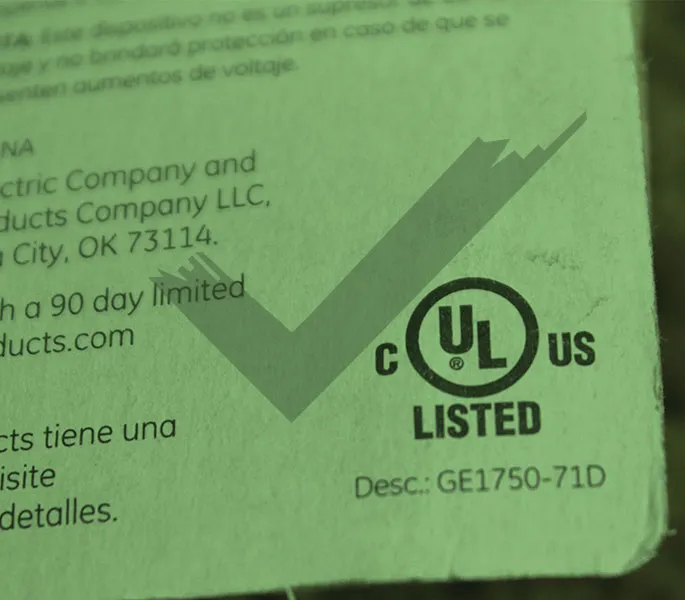
4. Electrical Plugs
Cause: Loose electrical plugs or incompatible electrical plugs
Solution: Verify plugs are compatible with the sockets and that they're fully inserted into the sockets.
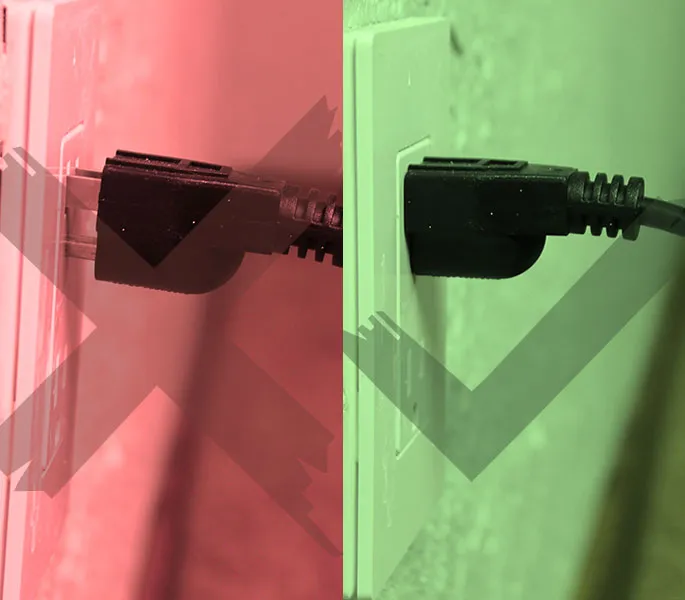
5. Flammable Objects
Cause: Placing electrical connections near flammable objects
Solution: Avoid using lamps, exposed light bulbs, pendant lights or space heaters near flammable objects such as curtains, papers, rugs, bedding or furniture. Halogen bulbs have a higher risk of fire than incandescent bulbs, which have a higher risk than fluorescent bulbs.
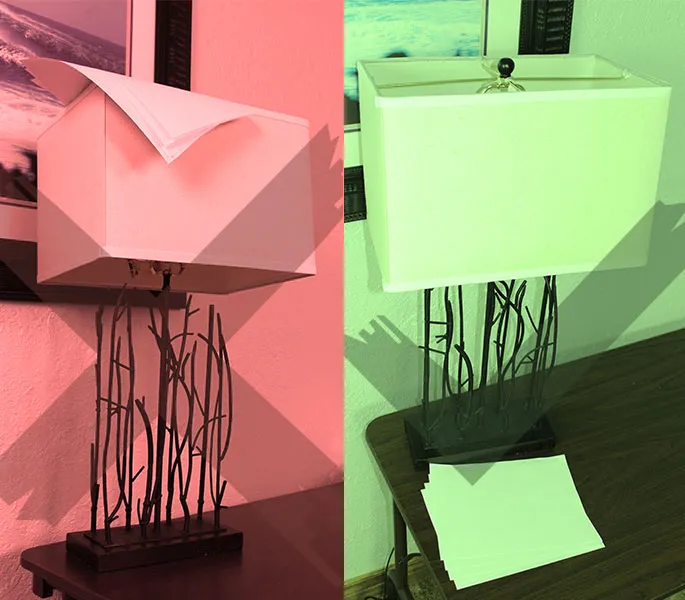
6. Overloaded Outlets
Cause: Connecting too many electrical plugs or extension cords into one outlet
Solution: Avoid plugging more than two appliances into an outlet. Large appliances such as refrigerators, dryers, washers, and stoves should be plugged directly into their own outlet. Do not exceed 1,500 watts for each outlet or circuit.
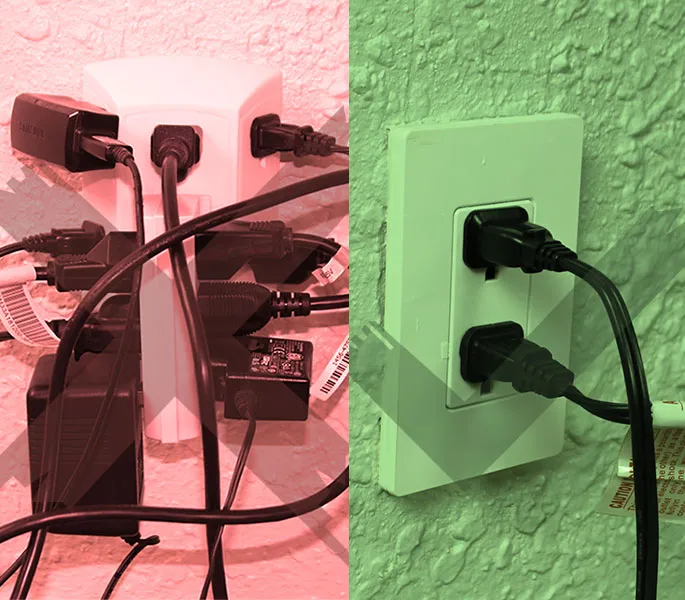
7. Damaged Electrical Cords
Cause: Running electrical cords under rugs or through doors, which can damage and expose the wiring
Solution: Avoid using cords under rugs or through doors, which can damage and expose the wires over time. Secure cords in place with duct tape.
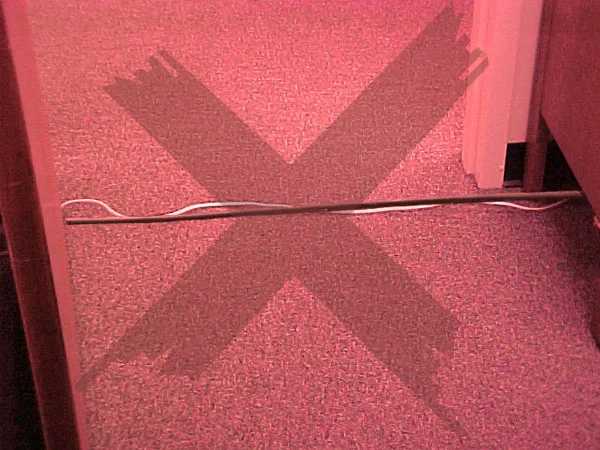
8. Uncapped Live Wires
Cause: Poor wire connections or uncapped live wires
Solution: When installing a new ceiling fan, indoor wall light, or outdoor wall light, make sure all the wires are connected and capped with wire nuts before turning the breaker back on. Do not leave any wires loose, even they are not live.
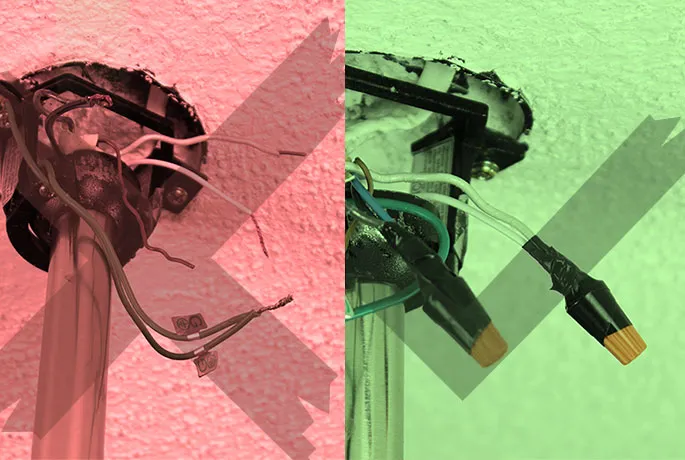
9. Broken or Frayed Wires
Cause: Using frayed, exposed or broken wires
Solution: Replace appliances with broken, exposed or frayed wires or broken plug prongs immediately. Do not try to fix these on your own!
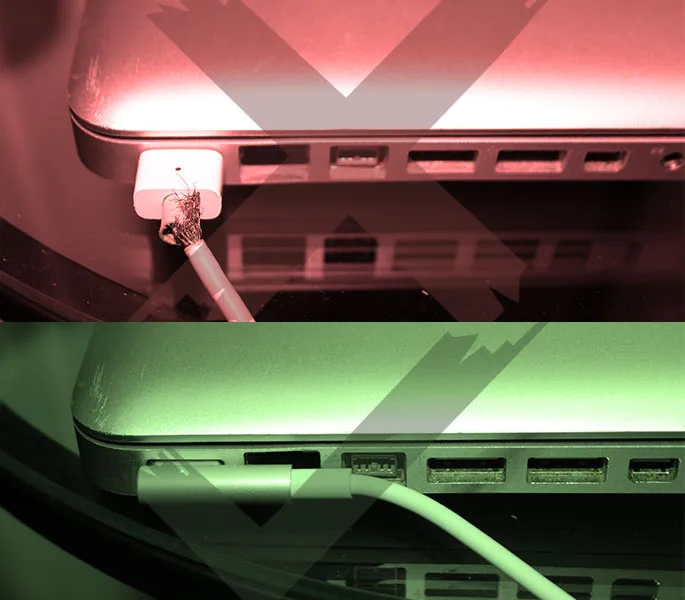
10. Circut Overload
Cause: Outdated wiring
Solution: If your home is more than 20 years old, the wiring may be outdated and unable to handle all the demands of modern appliances. Have an electrician come to your home and inspect the wiring to ensure it's safe.
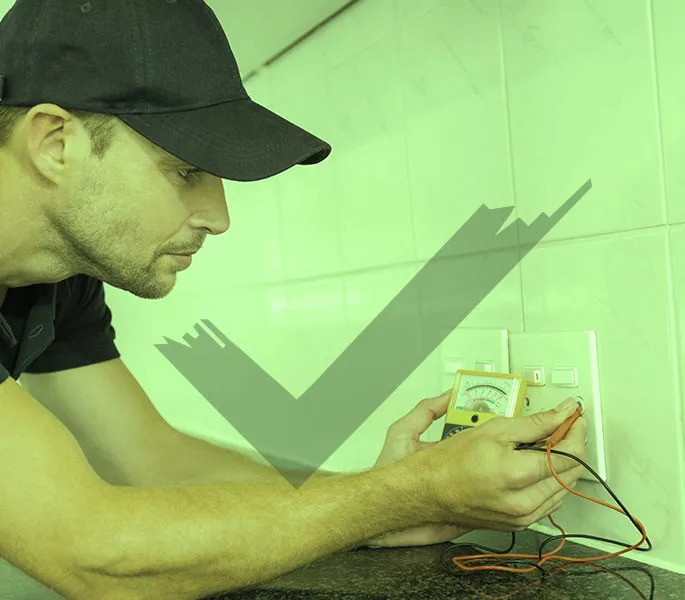
In Case of an Electrical Fire
It's important to have a plan in place in the event of an electrical fire. Here are some simple guidelines to follow in the event of a fire:
- Call 911 immediately.
- Alert household members of the fire and evacuate the home if the fire is uncontrollable.
- Do not use water to extinguish the fire. Water conducts electricity and can cause you to experience an electric shock.
- If possible, interrupt the service breaker to cease electricity.
- Use a Class C fire extinguisher, which is suitable for live electrical equipment and has nonconductive properties.
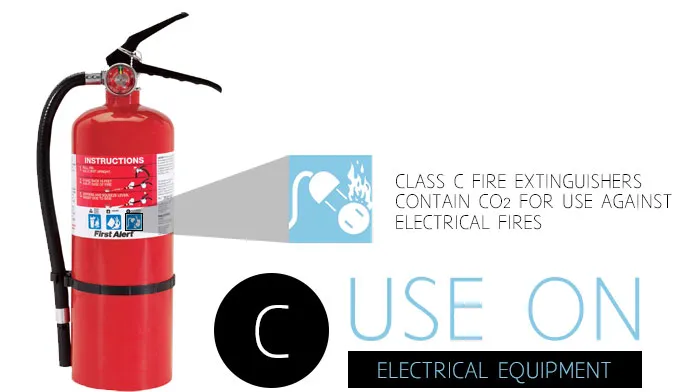
- If you're unable to exit your home, get on the floor and cover your mouth until help arrives.
3 Superhero Fire Safety Tips for Kids
Here are some fun rhymes to teach kids about fire safety:
1. Touching wires can create fires
Never touch or play with any electrical wires, outlets or extension cords. It's very dangerous, and could hurt you and your family.
2. If your see a wire is broken, don't leave it unspoken
Tell an adult if you see any frayed or broken electrical wires so they can safely replace them.
3. Don't hide, go outside
If you encounter a fire, don't hide. Be a superhero and follow your family's fire safety plan to exit your home as fast as you can. Notify the nearest adult as soon as possible.
Print the worksheets below to learn more!
A home structure fire is a devastating event for any family. Ensure the safety and well-being of your family, home, and personal possessions by following proper electrical safety procedures.


